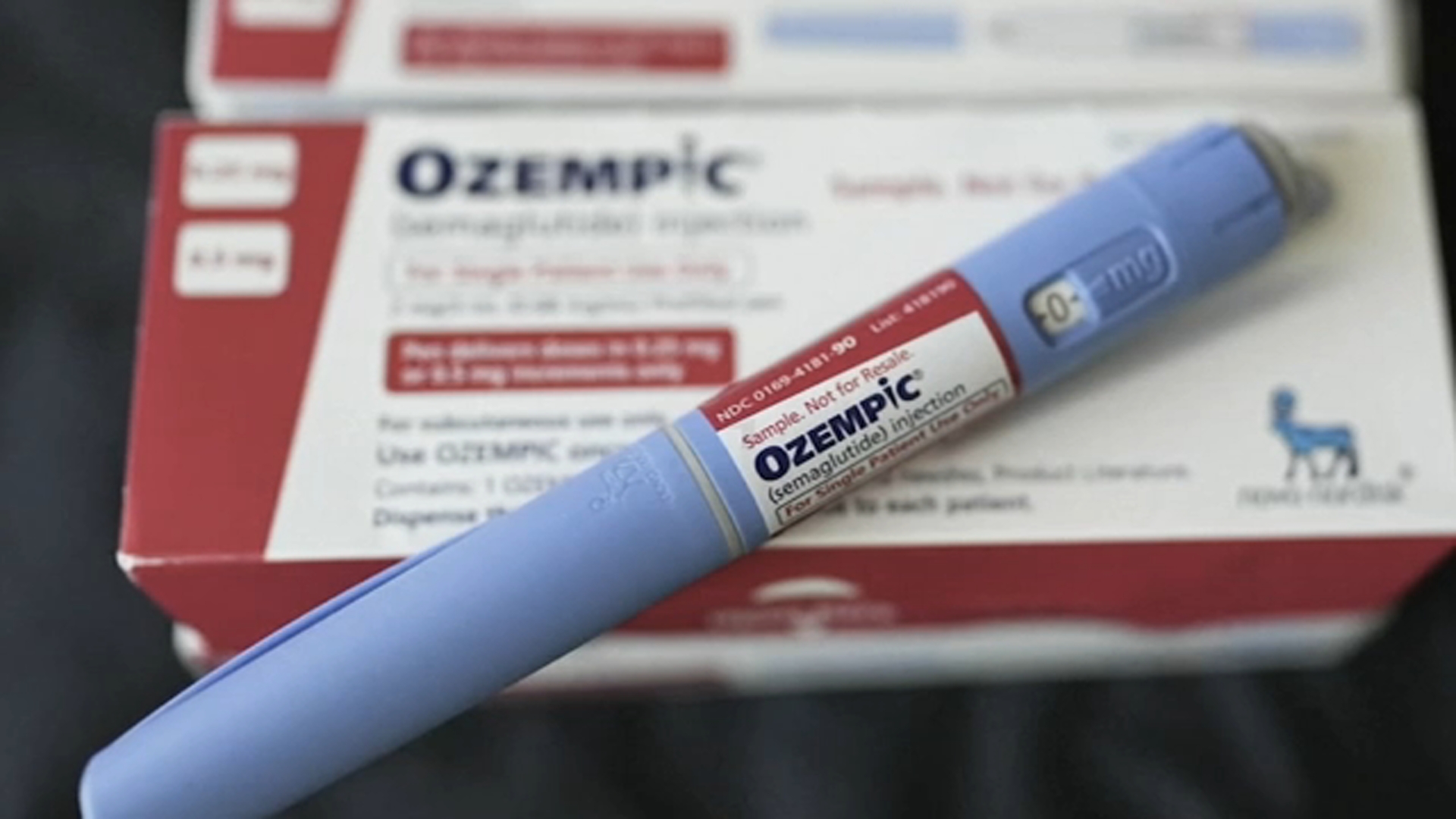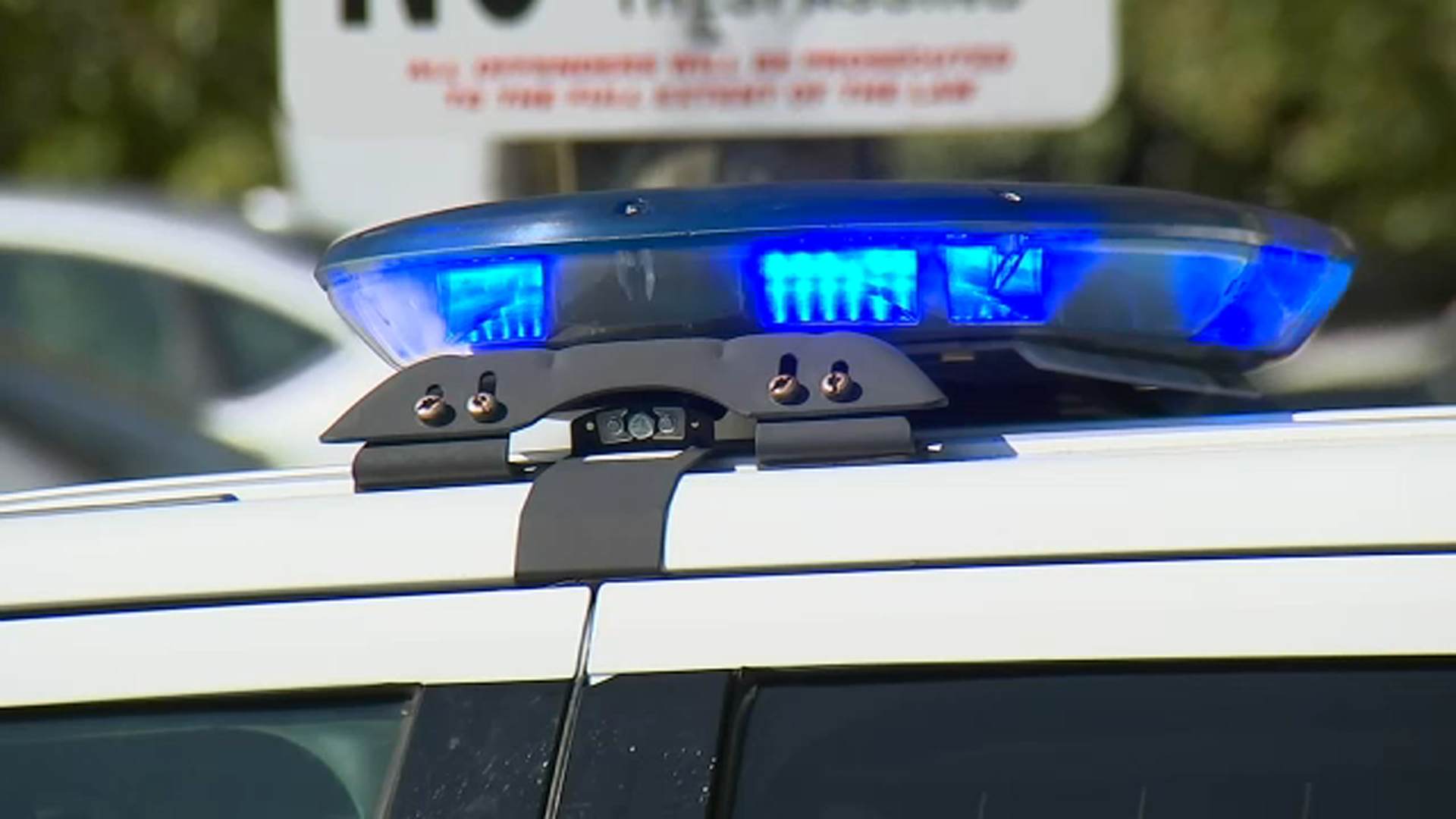Sanford mom finds broken pacifier lodged in baby's throat

SANFORD, N.C. (WTVD) -- Pacifiers can be a safe tool to help soothe your crying or teething baby, but a Sanford mom says she never thought her son's pacifiers could be dangerous.
Kacie McFadden said her son's MAM pacifiers have led to two close calls with her baby boy Ryder.
"He was about two months old," Kacie said. "He was gurgling and I ran in the room and I found the pacifier had broken off -- it was lodged in his throat and he was turning colors."
Panicking, Kacie said she tried to get it out of Ryder's mouth, but the nipple was gone.
"I did the Heimlich and it finally came out," she said. "It really could have killed him if I had not checked on him."
After she calmed down, she called MAM. The company responded:
"'This is very rare, was the pacifier used by another child?' And I said that's not possible, this is a brand new one," Kacie said.
MAM apologized and sent Kacie a package with new pacifiers and a note asking her to send in the broken one. She didn't send in her old one, but she gave her baby the new one.
There seemed to be no problem until two months later.
"He was going like this with his tongue trying to get something out of his throat and I realized the piece of the pacifier was sitting on his stomach," she said.
Kacie said it happened again. She says the nipple tore apart from the base and was stuck in Ryder's throat, this time she got it out just in time.
"Had the scare of my life twice and now I'm not going to use them anymore," Kacie said.
Consumer Product Safety Commission Reports
We looked into Kacie's issue with MAM pacifiers and found that she was not alone.
There are several reports filed with the CPSC when it comes to MAM pacifiers, across different model numbers and types.
One of those reports claims that part of the MAM pacifier came off in their baby's mouth.
Another report says that the hard part of the pacifier had detached from the teat, which was found in the baby's mouth.
Other reports like this one detail how they noticed the teat ripping before it actually came off in the baby's mouth.
We found 10 reports total on the CPSC concerning the choking hazard of MAM pacifiers.
The U.S. Consumer Product Safety Commission does have safety requirements for the manufacturing of pacifiers, called the pacifier rule.
International Problems
This issue isn't just here in the U.S.
I heard from a mom in the United Kingdom, Caoimhe Henry, who said her 13 month old daughter, Eireann, choked on a MAM nipple after it broke off the base.
She said she contacted MAM, and the company did send her a complimentary toothbrush for her troubles.
MAM's response
MAM had this to say about the problems consumers were having with their products:
"MAM USA has placed the highest priority on the safety of our products since our company was founded four decades ago. That's why we make sure that each MAM product exceeds strict U.S. and international standards and is subject to extremely thorough testing procedures to ensure quality and performance. For example, each pacifier undergoes a tensile strength test, and is batch coded for complete traceability.
MAM USA estimates that there are currently 12 million of its pacifiers in use in the U.S., and the company has never had to recall any of its pacifier products. The instructions that are included with each pacifier we sell -- and posted on our website -- direct parents to carefully inspect the pacifier and perform a "pull test" before each use - especially when the child has teeth; and to throw it away at the first signs of damage or weakness. We also instruct customers to replace the pacifier every two months to ensure safety and hygiene.
We have had several conversations with Kacie McFadden and Jeremy Hedlund, and expressed how sorry we are for the stress the family has endured. We are working to fully understand the issue with the pacifiers their son Ryder used, and have requested that the family send them to us so that we can carefully test and analyze them. After we finish our review, we will share our findings with the family, and return the pacifiers to them as they have asked.
MAM USA is aware of a very small number of reports from consumers in which the pacifier nipple wore and became detached from the shield. In each of these cases reported to us or to SaferProducts.gov, we asked the customer to return the pacifier for thorough examination in our laboratories to determine the cause of the detachment. In every case in which the customer returned the pacifier to us, testing and analysis found that the pacifier had been damaged by prolonged use over time by teething babies, or by abrasive cleaning products, rather than any sort of manufacturing defect.
We do not know at this time the root cause of the problems with Ryder's pacifiers because the products have not been returned to us for testing and analysis.
MAM USA's baby products unify design, technological innovation and medical know-how, and the health and well-being of babies is our top priority.
Since you asked about similar cases in the UK, the company would like to add that MAM UK has received a similarly small number of reports about detached pacifier nipples over the years - including one from Caoimhe Henry, and the testing and analysis it conducted on all of the pacifiers customers sent back to MAM UK found the same causes as articulated in the above statement."
Tips to Make Sure Your Pacifier is Safe to Use
If your baby does use a pacifier, it's key to check it each time before use. Make sure you look at the age recommendation for the pacifier and it matches the age of your baby. Also look for wear and tear, and replace older or worn pacifiers.
Check the pacifier often with the pull test. All you need to do is grab the nipple of the pacifier and make sure it's not broken or torn. When it comes to keeping the pacifier clean, wash it often in water, don't use soap or harsh cleaning products.
Lastly, check for recalled pacifiers or those with reports of harm at SaferProducts.gov. If you have an issue with a pacifier, you can file a complaint at SaferProducts.gov











